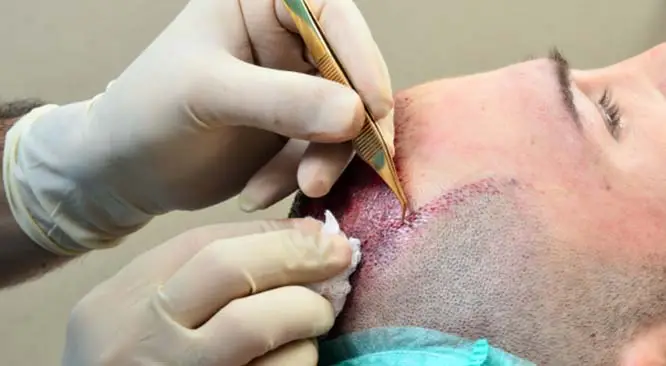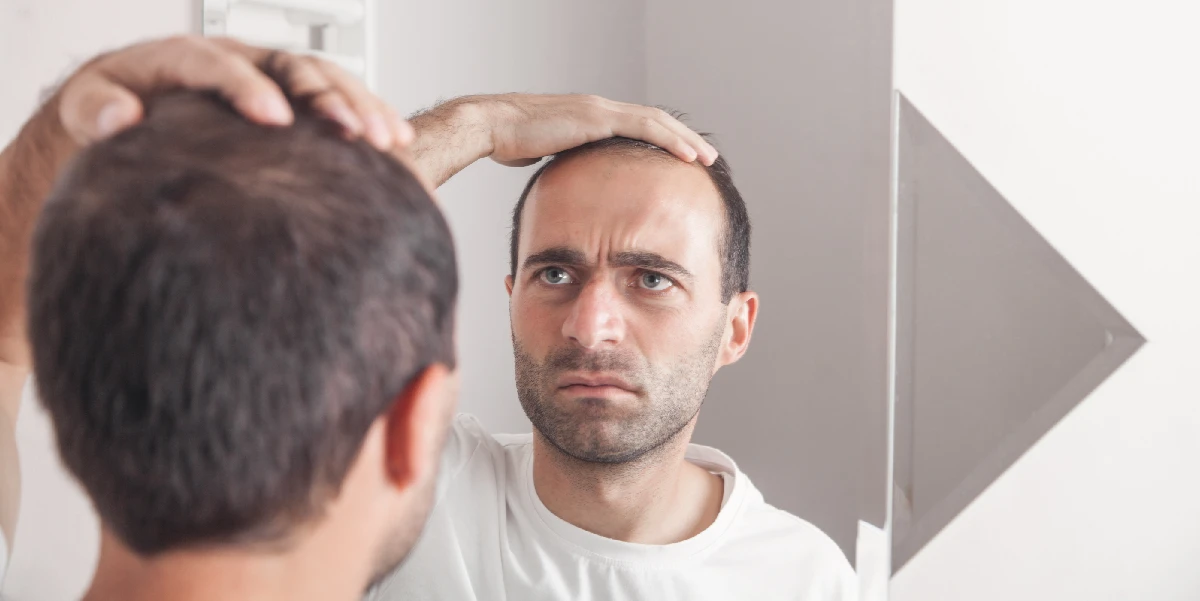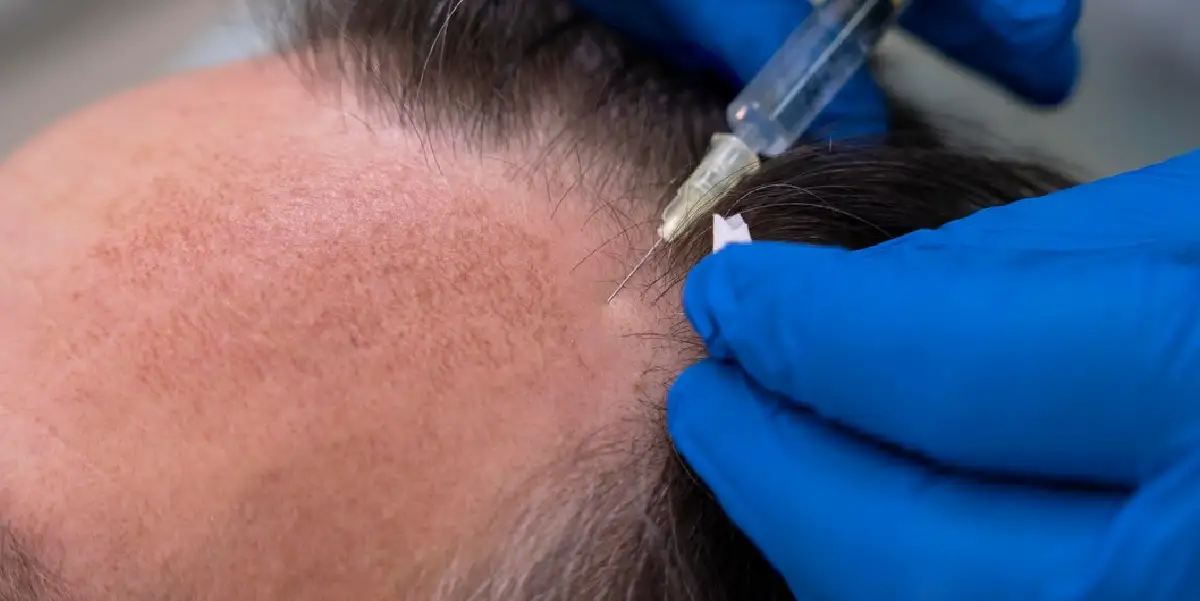
Procedure for hair transplant
- By Harleys Clinic
- Feb, 16 2021
Hair transplant procedure is started by scrubbing the scalp and injecting local Anesthesia to the affected area to make it numb. The specialist relocates the hair follicles from the back or side of the head to the front or top of the head.
Hair transplant usually takes place in a clinical office under local anesthesia.
Pattern baldness is at times responsible for the majority of hair loss. This type of baldness can be genetic or due to external factors such as stress, unhealthy diet, illness, hormonal imbalance, or medication.
There are two types of hair transplant surgeries:
- Follicular unit strip surgery (FUSS)
With FUSS, the surgeon harvests a 6-to 10-inch segment of skin from the rear of your head. The adjacent margins are brought together and stitched up. This donor area is quickly covered up by the hair around it. Then, the surgeon’s group separates the harvested scalp into 500 to 2,000 small hair follicular units, each with an individual hair or couple of hair. The number and kind of grafts you get relies upon your hair density, quality, shading, and the size of the zone where you’re getting the transfer.
- Follicular unit extraction (FUE)
In the FUE procedure, the surgeon’s team will trim the rear of your scalp. At that point, the specialist will excise hair follicles individually from that donor area. The donor area recovers with little spots, which your current hair will cover. After that point, the two procedures are same. The team then prepares the grafts, the surgeon makes openings or cuts with a surgical tool or needle in front scalp, and carefully puts each graft in one of the openings. The Surgeon and his team does simultaneous grafting from both sides of scalp.
What happens after a hair transplant?
Your scalp might be sore, and you may have to take prescriptions following hair transplant surgery, such as:
- pain medication
- antibiotics to reduce your risk of infection
- anti-inflammatory medications to keep swelling down
One undergoing the surgery can get back to work a few days after a medical procedure.
It’s typical for the relocated hair to drop out half a month after the technique. This clears a path for new hair development. Most of people will see complete new hair development within a year after the procedure.
Numerous surgeons endorse hair serum or the multi vitamins to improve hair regrowth. These prescriptions additionally help moderate or stop future going bald.






